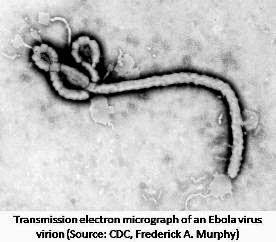When there is emergence of a new disease, it is generally given a common name by the reporting scientists or the media which attracts quick attention of the masses and gets communicated across the globe very fast through rapid electronic means. Many times, such common names may give wrong perception of the disease, may incite undue fear or may cause far reaching negative economic or social consequences. WHO, OIE and FAO have developed best practices for the naming of new human diseases in such a manner that their names do not cause unnecessary negative impact on trade, travel, tourism or animal welfare, and avoid causing offence to any cultural, social, national, regional, professional or ethnic groups. WHO strongly encourage scientists, national authorities, the national and international media and other stakeholders to follow the best practices so that inappropriate names do not become established. These practices include:
- Use generic descriptive terms such as respiratory disease, hepatitis, neurologic syndrome, watery diarrhoea, enteritis.
- Specific descriptive terms may be used with preference to plain terms rather than highly technical terms, e.g. progressive, juvenile, pediatric, senile, maternal, severe, winter, subterranean, coastal, river, swamp etc.
- If the causative pathogen is known, it should be used as part of the disease name with additional descriptors e.g. novel coronavirus respiratory syndrome, influenza virus, parasitic.
- Names should be short and easy to pronounce e.g. H7N9.
- Long names are likely to be shortened into an acronym, hence, potential acronyms should be evaluated to ensure they also comply with these best practices.
- Names should be as consistent as possible with guidance from the International Classification of Diseases (ICD) Content Model Reference Guide.
- Avoid following terms:
- Avoid geographic locations: Cities, countries, regions, continents e.g. Middle East Respiratory Syndrome, Spanish Flu, Rift Valley fever, Lyme disease, Crimean Congo hemorrhagic fever, Japanese encephalitis
- Avoid people’s names: e.g. Creutzfeldt-Jakob disease, Chagas disease
Species/class of animal or food: e.g. swine flu, bird flu, monkey pox, equine encephalitis, paralytic shellfish poisoning - Avoid cultural, population, industry or occupational references: Occupational, legionnaires, miners, butchers, cooks, nurses
- Avoid terms which incite undue fear: e.g. unknown, death, fatal, epidemic
Source: WHO (2015) and Science (2015) DOI: 10.1126/science. 348.6235.643

